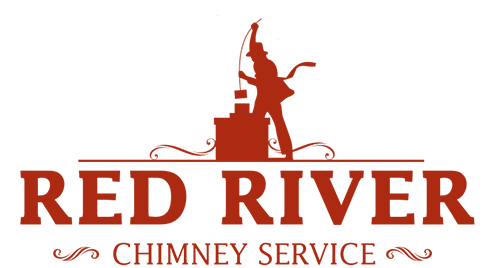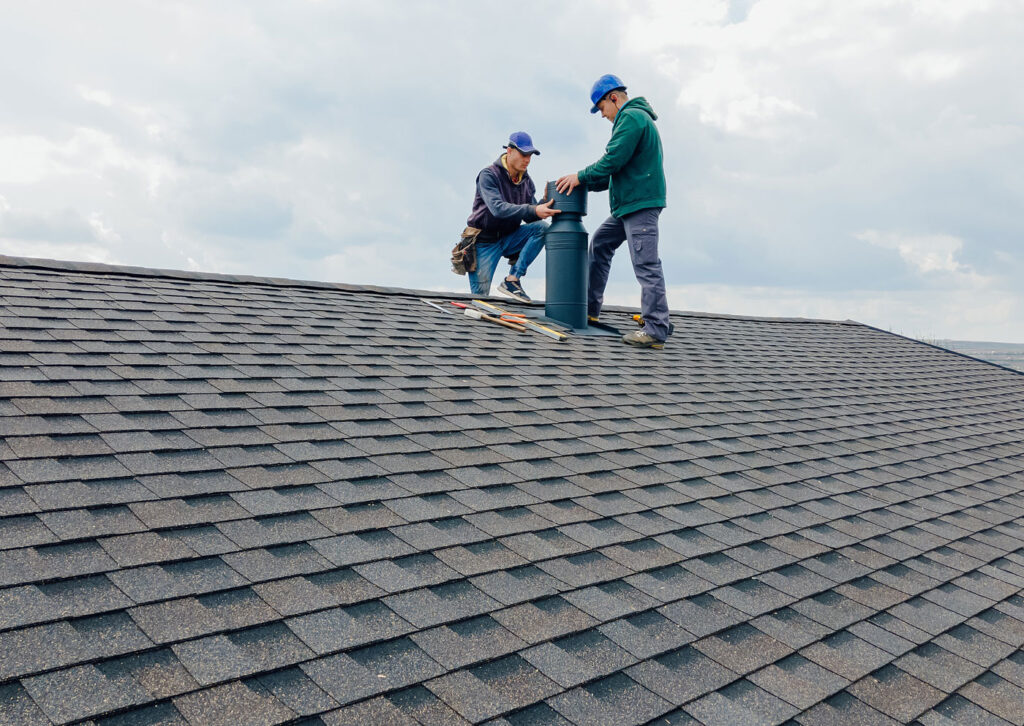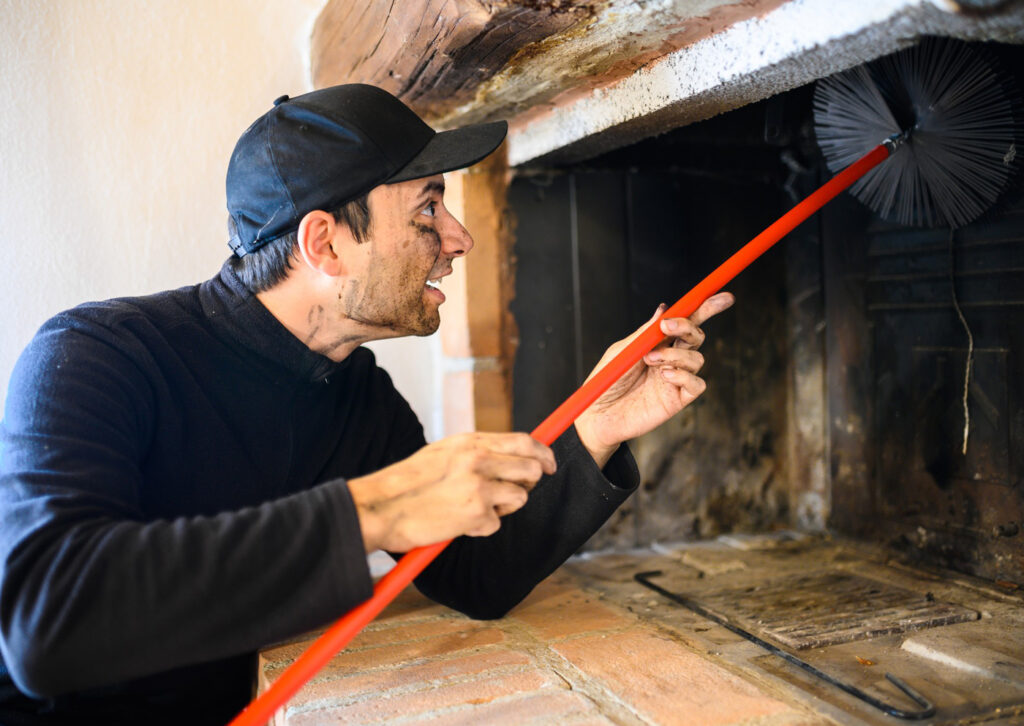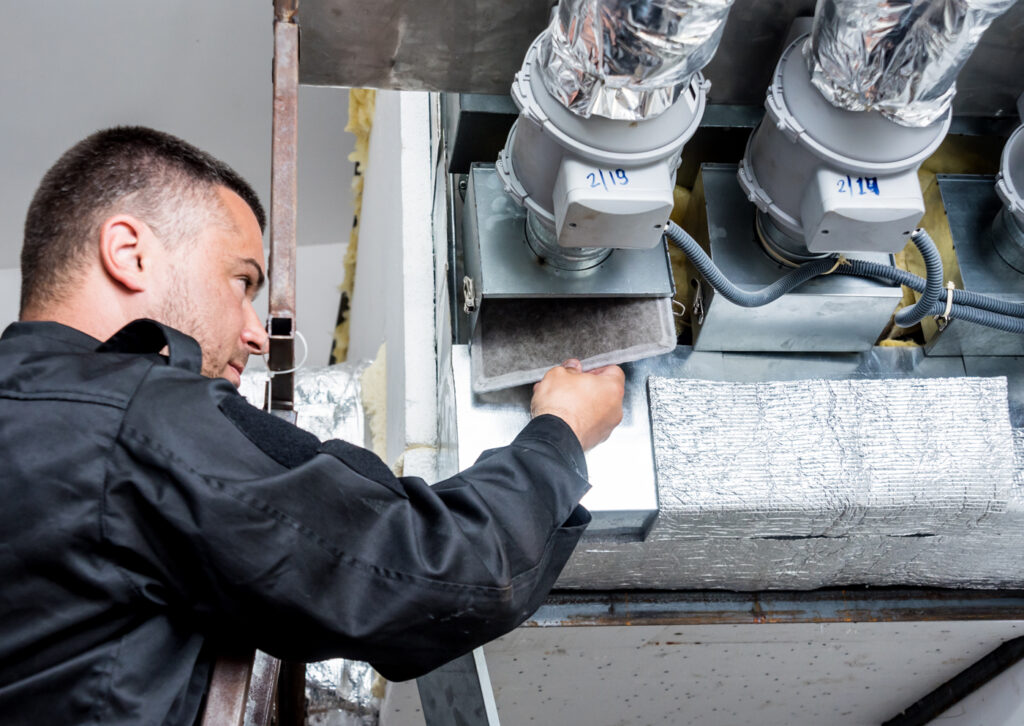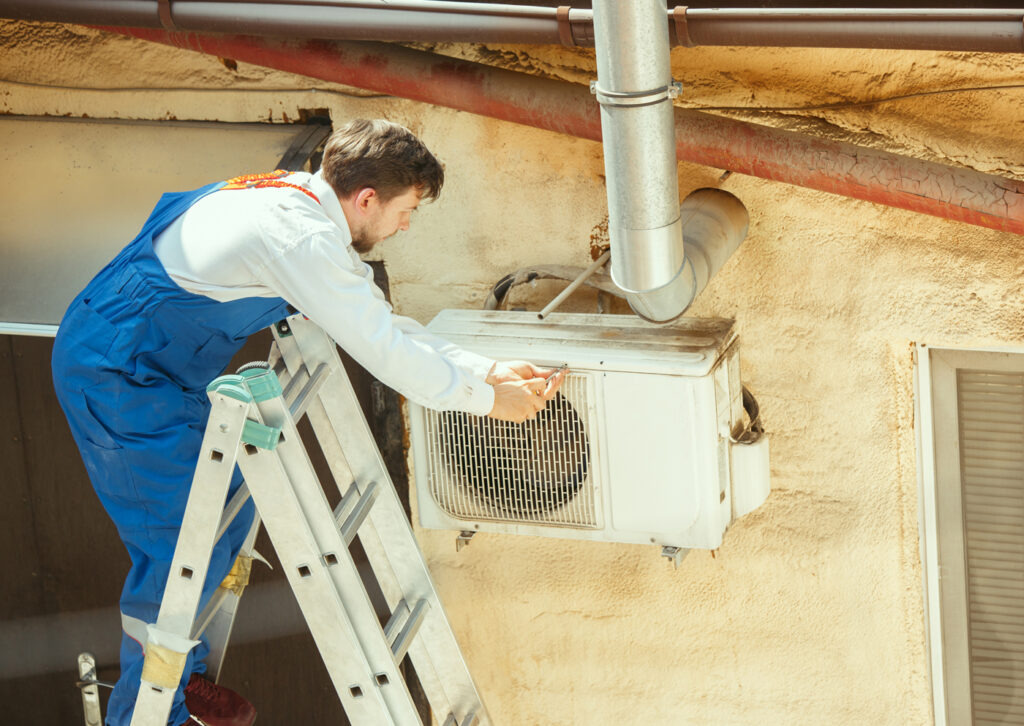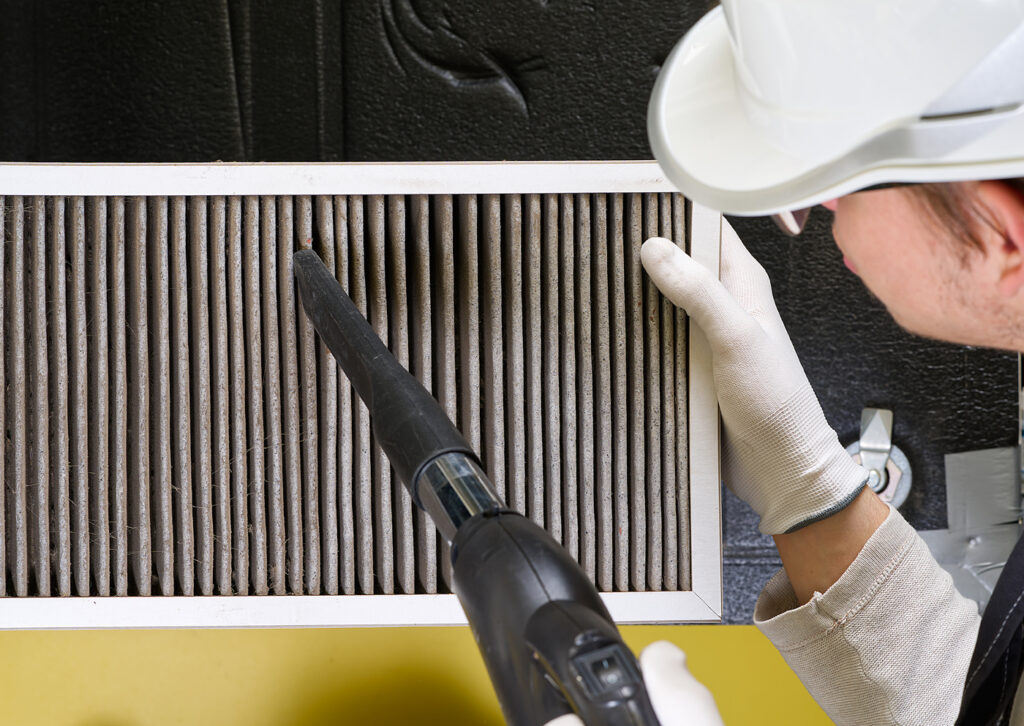Reduce Allergies & Improve Comfort with Expert Air Duct Cleaning in Shreveport
Imagine being able to breathe easier in your own home. Picture a living space where allergies no longer trigger sneezing fits and musty odors are replaced with a fresh, clean atmosphere.
That’s the power of expert air duct cleaning Shreveport homeowners rely on. Professional duct cleaning services help you achieve clean air and create a healthier environment for your entire household.
Let’s explore how an expert AC duct cleaning service can make your home safer and cleaner.
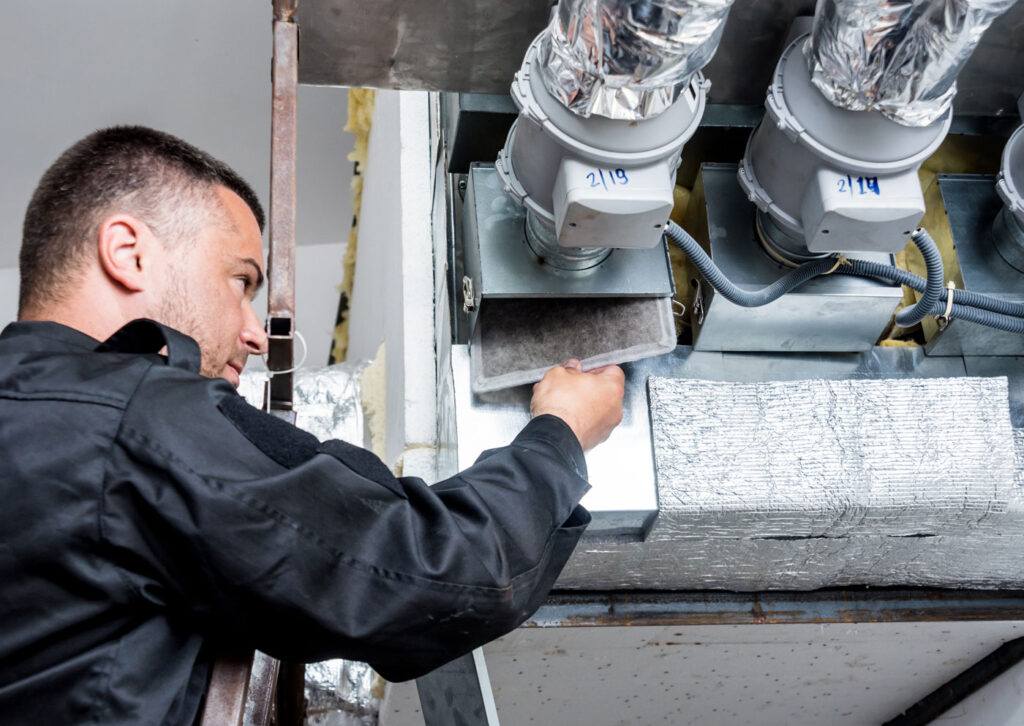
The Importance of Air Duct Cleaning for Your Health
Your family’s health should always be a top priority. Regular air duct cleaning plays a crucial role in maintaining good indoor air. Studies conclusively demonstrate that poor indoor air quality is linked to various health problems, especially for children, the elderly, and individuals with asthma or allergies.
When neglected, ductwork acts as a reservoir for dirt, microbial growth, and particulate matter that your HVAC system continually recirculates. Every time your system runs, contaminants like pet dander, mold spores, pollen, and even insect droppings are redistributed throughout your living environment.
This constant exposure puts your family at risk.
Professional AC duct cleaners remove dust, mold, and other allergens that accumulate inside your duct system over time. These pollutants may seem invisible, but they can cause respiratory issues, skin irritation, and other discomforts if allowed to persist.
Cleaning your air ducts regularly helps to prevent health problems and provides peace of mind.
The Impact of Dust, Allergens, and Mold in Your Ducts
Every home accumulates household dust over time, but when dust, allergens, and mold settle into the duct surfaces, they don’t just stay there—they circulate through the entire air duct system.
Mold is particularly concerning because it thrives in dark, damp spaces and can spread rapidly. When water damage or high humidity is present, your ducts may become a perfect breeding ground.
Not only do these contaminants reduce the air quality, but they also increase the workload on your heating and cooling system. More particles mean your air conditioning system has to filter and push harder, which leads to increased wear and tear.
The result? A less efficient system, higher maintenance costs, and compromised health.
How Dirty Air Ducts Affect Indoor Air Quality
Think about your air ducts as highways for air distribution in your home. When these highways are dirty, every room connected to them is affected. This is why indoor air quality takes a significant hit when your ducts are clogged with other debris, dust, and mold.
Contaminants in dirty air ducts don’t necessarily enter your lungs immediately, but research suggests that continuous exposure, especially in homes with poor ventilation, causes cumulative damage. This can result in long-term health problems like bronchitis, sinus infections, and even worsened asthma symptoms.
Families who spend more time indoors, such as during winter or due to outdoor and indoor activities, are especially at risk.
Who Benefits Most from Professional Duct Cleaning in Shreveport?
While everyone can enjoy the advantages of cleaner air ducts, certain groups in Shreveport stand to benefit the most due to their specific needs or living conditions:
- Families with children or seniors, as they often have more sensitive immune systems and are more vulnerable to airborne contaminants.
- Dust, mold spores, and other allergens that accumulate in duct systems are particularly harmful to allergy and asthma sufferers.
- Homes with pets that shed fur and dander increase the buildup of debris and allergens in the air circulation.
- Residents in dusty or rural areas, where particulate matter from dirt roads and the environment tends to infiltrate and settle in the ductwork.
- People who smoke or burn candles regularly indoors, as these activities introduce additional pollutants and particles into the air system.
- Anyone who has recently moved into an older home or completed renovations should be aware that construction dust, leftover debris, and aging systems can significantly impact air quality.
Each situation can lead to a heavier accumulation of dust, allergens, and other contaminants in your air ducts. Professional duct cleaning services are the most effective way to eliminate these pollutants, improve indoor air quality, and ensure a healthier home environment.
How Expert AC Service and Duct Cleaning Improves Comfort and Airflow
Imagine walking into your home on a hot day and feeling a cool, refreshing breeze in every room. That’s what professional AC service and duct cleaning can deliver. Combining a well-maintained air conditioner and a clean duct system ensures your house stays comfortable no matter the season.
When duct surfaces are lined with dirt and debris, airflow is restricted, making your HVAC system work harder to maintain the desired temperature. This not only causes uneven cooling but also spikes in your energy bills.
Enhancing HVAC Efficiency and Performance
The efficiency of your HVAC system depends heavily on the cleanliness of its internal components, especially the air ducts. When your duct system is clear of dirt and debris, it operates more smoothly, requiring fewer repairs and consuming less energy.
Professional duct cleaning minimizes friction within the ducts, allowing air to flow effortlessly. This improved airflow ensures more consistent temperature regulation, faster room cooling or heating, and significantly lower energy bills.
Over time, these improvements save you money and help extend the lifespan of your entire HVAC system, ensuring comfort and reliability in every season.
Reducing Energy Costs with Cleaner Air Ducts
Blocked ducts are a common yet hidden cause of rising utility bills, often overlooked by homeowners. When your air conditioning system or furnace faces clogs and blockages, it must work much harder to maintain desired temperatures, increasing energy usage and higher energy bills.
Professional duct cleaning eliminates these obstructions, ensuring smoother airflow and reducing resistance within the system. This lowers operating costs and significantly enhances the efficiency and lifespan of your entire HVAC system.
Particularly in places like Shreveport, where summers can bring intense heat, regular duct cleaning is critical in stabilizing cooling costs while maintaining maximum comfort throughout your home.
Eliminating Odors and Enhancing Indoor Air Freshness
Odors caused by pets, cooking, smoke, or mildew can quickly become trapped in your air ducts, recirculating throughout your home each time the HVAC system turns on. This persistent odor loop creates an unpleasant atmosphere and can be embarrassing, especially when hosting guests.
Professional duct cleaning is designed to target these odor sources directly, eliminating them at the root. By thoroughly removing the buildup within your system, this process transforms your indoor environment, leaving your home noticeably fresher.
With cleaner air and a more inviting ambiance, you can enjoy a space that truly feels comfortable and welcoming.
Signs It’s Time to Schedule an Air Duct Cleaning in Shreveport
Is your home giving subtle signals that it’s time for air duct cleaning? Recognizing these early signs can prevent expensive repairs and protect your health.
Some key indicators include:
- A lingering musty odor throughout your house.
- Dust is blowing from the air vents when the system is running.
- Mold growth around register boots or vent openings.
- Allergy symptoms worsen indoors.
- Rooms that are difficult to heat or cool evenly.
These signs shouldn’t be ignored. The longer you wait, the more entrenched the contaminants become.

Common Symptoms of Poor Indoor Air Quality
When indoor air quality declines, your body may send clear warning signs. Pay attention to these common symptoms that could indicate dirty air ducts:
- Congestion and sneezing that persist indoors.
- A chronic cough or recurring sore throat.
- Eye irritation or skin issues that seem to flare up at home.
- Struggling with increased fatigue or noticeable brain fog.
- Frequent headaches, especially noticeable right after waking.
These symptoms are often mistaken for allergies or seasonal discomfort. However, the real culprit could be your air ducts, which harbor dust, mold, and other contaminants. By addressing the root cause with professional duct cleaning, you can quickly alleviate these issues and restore comfort to your home.
Don’t ignore the signs—your health and well-being could depend on it.
How Often Should You Clean Your Air Ducts?
The general recommendation for air duct cleaning is every 3-5 years. However, some households may require more frequent attention due to specific conditions. Here’s a more tailored guide to help ensure your air ducts remain clean and efficient:
- If you have pets, every 2-3 years, pet dander can quickly accumulate in the ducts.
- Every 2 years, if anyone in the home smokes indoors, the residue and irritants can settle in your HVAC system.
- Annually, if you manage ongoing mold remediation needs, prevent spores from circulating in your home.
- Post-renovation or after recovering from water damage, clear out dust, debris, and contaminants introduced during the process.
By sticking to a cleaning schedule tailored to your household’s needs, you’ll promote better air quality and health and keep your HVAC system running smoothly and efficiently for years to come.
What to Expect During a Professional AC Duct Cleaning Service
Red River is committed to providing an efficient, transparent AC duct cleaning service that prioritizes your home’s air quality and comfort. Here’s what you can expect:
- Comprehensive Inspection: This is a thorough examination of your duct system to identify dirt buildup, mold, or other problem areas.
- Safe and Effective Cleaning: Dirt, dust, mold, and other contaminants are removed using advanced industrial vacuum systems designed to protect your home environment.
- Detailed Attention: We meticulously clean air vents, grilles, and all accessible duct surfaces to ensure that no part of your system is overlooked.
- Sanitizing Options: Optional sanitization services to eliminate bacteria, odors, and lingering allergens for a healthier, fresher indoor atmosphere.
- Post-Cleaning Verification: A final inspection to confirm improved airflow and to ensure the cleaning delivers noticeable results.
With Red River’s specialized approach, you’ll experience cleaner, healthier air and a more efficient heating and cooling system immediately after service.
Why Choose Professional Air Duct Cleaning in Shreveport?
DIY methods can only do so much. Regarding protecting your family’s health and your HVAC investment, nothing compares to the professional air duct cleaning Shreveport experts provide.
The Value of Working with Certified Technicians
At Red River, our team of certified and trained professionals is committed to delivering top-notch service. Here’s what sets us apart:
- Identify Hidden Contamination: Our experts are skilled at uncovering pollutants that often go unnoticed, safeguarding indoor air quality.
- Safely Handle Microbial Growth and Particulate Matter: We use advanced techniques and safety protocols to effectively manage harmful substances and protect your health.
- Use Commercial-Grade Tools to Reach Deep Within Your Ductwork: Our state-of-the-art tools allow us to clean even the most hard-to-reach areas, leaving your system spotless and efficient.
When you choose Red River, you’re not just hiring a service—you’re investing in clean, safe, and optimized ductwork and the peace of mind that comes from working with true professionals.
Advanced Cleaning Techniques for Maximum Results
Technicians use modern equipment, such as high-suction vacuum systems, rotary brushes, and air whips, to clean even the most inaccessible areas. With precision and care, they remove every trace of dirt, mold, and other debris, enhancing your air quality from the inside out.
Some services also include sealing ducts with special tapes or liners to improve insulation and prevent future contamination. This approach keeps your air duct system operating efficiently for extended periods.
Why Red River is Shreveport’s Trusted Duct Cleaning Service
Red River has earned a trusted reputation throughout Shreveport by consistently delivering exceptional service that prioritizes customer satisfaction.
Known for our prompt and respectful service, our team ensures every job is handled professionally and efficiently. With transparent and competitive pricing, customers can trust that they receive top-tier care without hidden costs.
The results speak for themselves—lasting air quality improvements that homeowners can feel and breathe. Shreveport locals continue to choose Red River because they recognize a team that genuinely cares about their comfort and health, making every home a cleaner, healthier space to live.
Schedule Your Air Duct Cleaning Today for a Healthier Home
Don’t wait to take the next step toward a cleaner, healthier home. Scheduling your air duct cleaning with Red River means removing the dust, allergens, and debris that can accumulate in your ductwork over time.
By doing so, you’ll improve the air quality in your home and reduce potential health risks for you and your family, especially for those with allergies or respiratory conditions. Clean ducts lead to fresher air, better energy efficiency, and a more comfortable living environment.
Contact Red River today to book your air duct cleaning service and experience the difference a clean, healthy home can make!
Easy Booking and Hassle-Free Service
At Red River, we offer a simple and convenient booking process for all your duct cleaning needs. Scheduling an appointment with us is quick and hassle-free—there are no long waiting times or complicated steps.
Whether you need routine maintenance for your furnace and air conditioner or a full-service cleaning, our team is here to help you every step of the way. Unlike other duct cleaning companies, we prioritize your time and comfort, making it easy to secure a cleaning appointment at a time that works best for you.
Contact us today and discover why Red River is the trusted choice for efficient and stress-free service!

Affordable Pricing for Quality Air Duct Cleaning
We believe that maintaining the cleanliness and efficiency of your air duct system shouldn’t break the bank.
Our competitive, affordable pricing ensures everyone can access top-quality duct cleaning services without compromise. A clean air duct adheres to higher indoor air quality standards and reduces the health risks that a neglected air duct poses. With
At Red River, you get exceptional service and peace of mind, knowing your home or business benefits from a safe and efficient air duct system at a reasonable price.
Contact Red River for Expert Duct Cleaning in Shreveport
Look no further than Red River for professional, reliable, and affordable air duct cleaning in Shreveport. Don’t wait to improve your indoor air quality and ensure the safety of your home or business. Contact our expert team today to schedule your service.
Call us directly or fill out our simple online form to get started!
